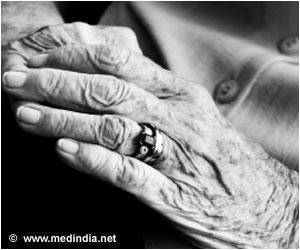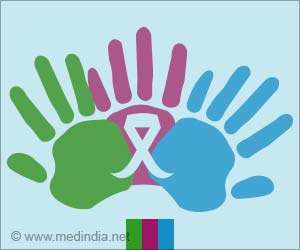People with poor educational qualification have low levels of cortisol, which can lead to pain, depression, insomnia and heart palpitations.

‘Reducing inequalities between the poor and rich can improve health and also reduce healthcare expenditure.’





The study of 1,880 British men and women also revealed that women whose parents were unskilled workers have testosterone levels 15 percent higher than women whose parents had professional jobs, leaving them more at the risk of early puberty, infertility and polycystic ovaries. Those with the least education also have low levels of cortisol, which can lead to pain, depression, insomnia and heart palpitations, and depleted levels of IGF proteins (insulin-like growth factor). Low levels are linked to an increased risk of cancer and reduced mental abilities.
Women with no qualifications were found to have 16 percent less IGF than women with degrees. Men from the same background have eight percent less than better-off males. Researcher Diana Kuh said that they found socio-economic disadvantage across life, based on father's social class and the study member's education, social class and income, was associated with an adverse hormone profile.
These socio-economic differences in hormone systems may play a role in explaining social inequalities in health as we age. Kuh noted that reducing inequalities could have powerful benefits in improving the health of the population and in reducing healthcare expenditure.
Source-ANI












